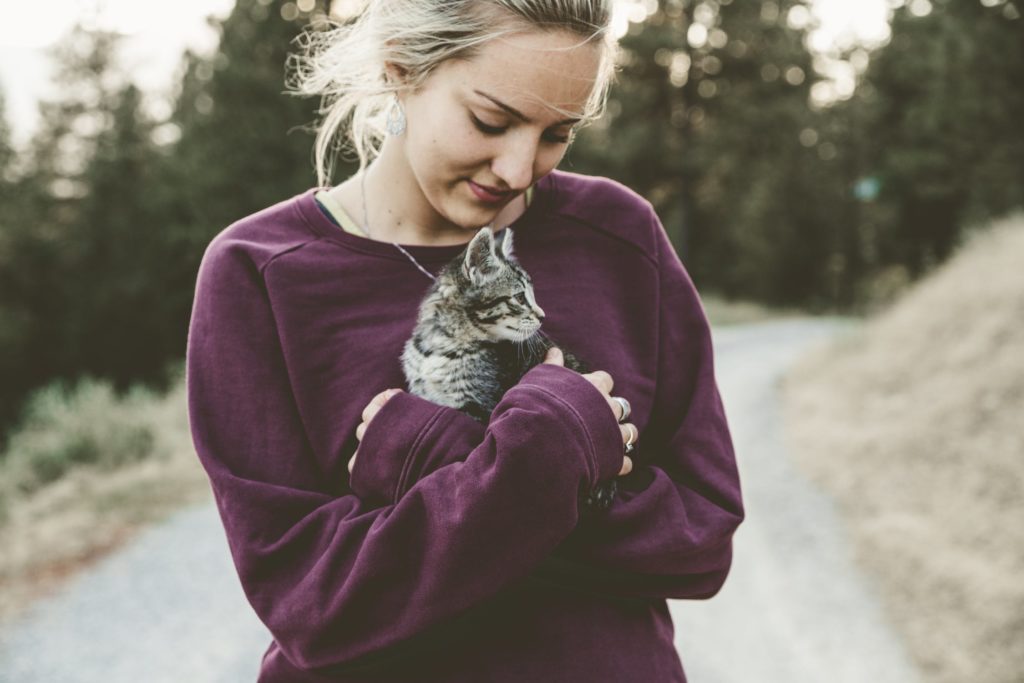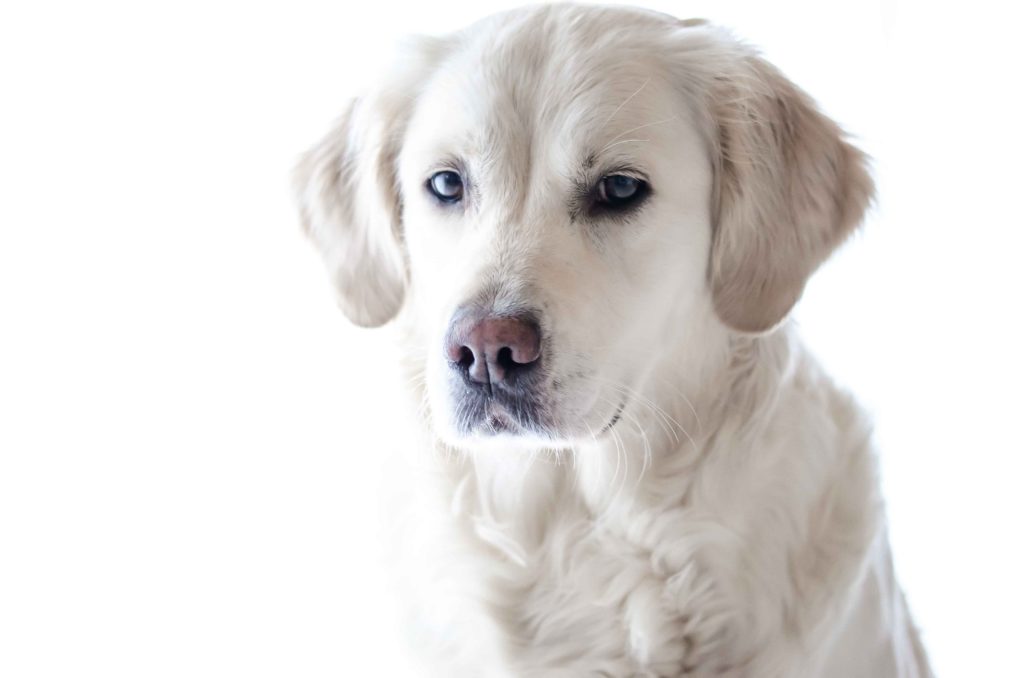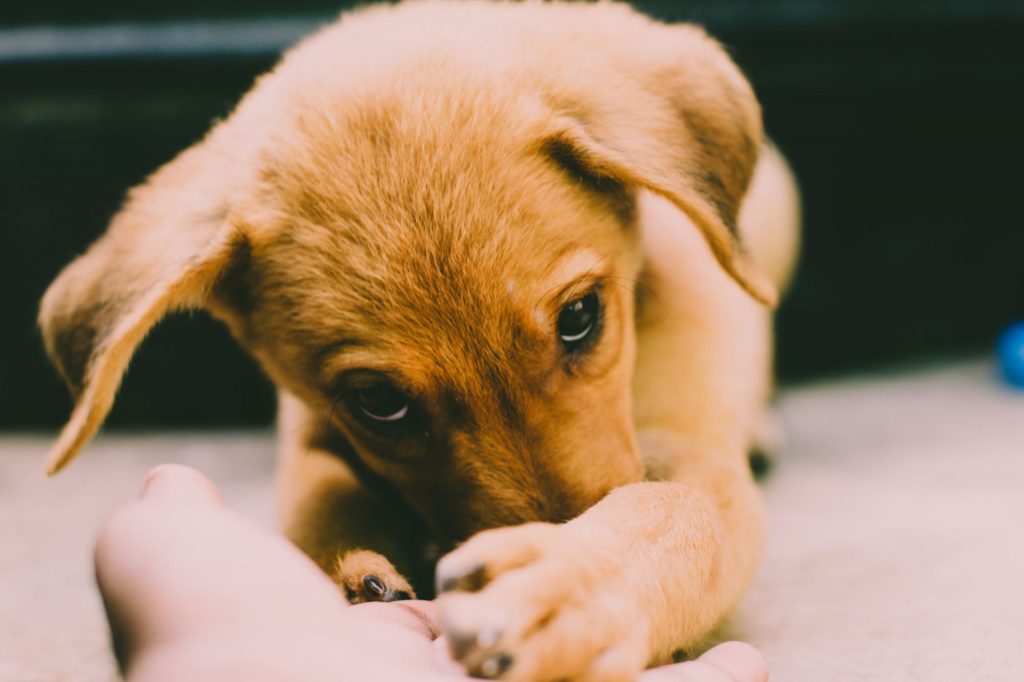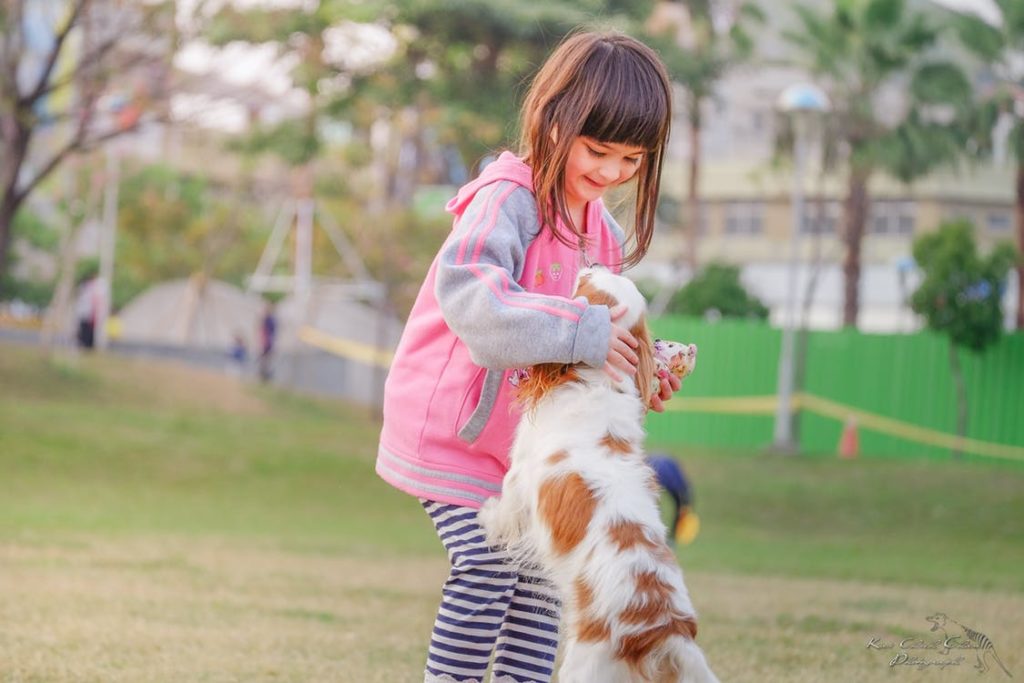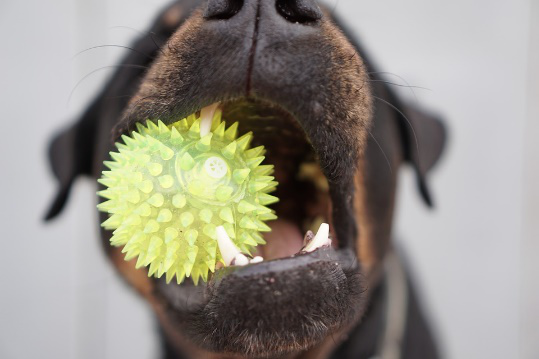Flea Medication for Dogs Should Never Be Used on Cats – Here’s Why?
Casually picking up a pack of spot-on treatment for dogs for your pet cat from supermarket shelves just because you couldn’t find the ones for cats can prove to be a costly mistake. It’s a mistake that has taken the lives of hundreds of cats. In most of these cases, pet owners ran out of […]
Flea Medication for Dogs Should Never Be Used on Cats – Here’s Why? Read More »

